The Performance of Fama-French Asset Pricing Models in the Chinese Stock Market
DOI: 10.23977/ferm.2024.070108 | Downloads: 93 | Views: 1912
Author(s)
Haoyue Li 1
Affiliation(s)
1 School of Accounting, Southwestern University of Finance and Economics, Chengdu, 611130, China
Corresponding Author
Haoyue LiABSTRACT
Three prominent models are used in finance to forecast stock returns and evaluate asset pricing: the Capital Asset Pricing Model (CAPM), the Fama-French three-factor model (FF3), and the Fama-French five-factor model (FF5). The Chinese stock market exhibits unique characteristics and is subject to distinct policies compared to U.S. and European markets. Within the framework of the Chinese Shanghai A-share market, this paper aims to analyze the precision of the forecast of these traditional models for stock market yields. The study utilizes daily stock market data spanning from January 4, 1994, to December 25, 2023, focusing on the Shanghai A-share market while excluding the Growth Enterprise Market (GEM) and the Key Economic Market (KEM). By examining the predictive power of various factors associated with excess returns or risk premiums, the purpose of the article is to assess these models' resilience in the context of the Chinese stock market. The results of the empirical analysis demonstrate that the three-factor model fits the dataset better than the five-factor model or the traditional CAPM in the Chinese market.
KEYWORDS
Fama-French Model, Asset Pricing, The Chinese Stock MarketCITE THIS PAPER
Haoyue Li, The Performance of Fama-French Asset Pricing Models in the Chinese Stock Market. Financial Engineering and Risk Management (2024) Vol. 7: 51-58. DOI: http://dx.doi.org/10.23977/ferm.2024.070108.
REFERENCES
[1] Achola, N. K., & Muriu, P. W. (2016). Testing the three factor model of Fama and French: Evidence from an emerging market. European Scientific Journal, 12(16), 211-236.
[2] Bartholdy, J., & Peare, P. (2005). Estimation of expected return: CAPM vs. Fama and French. International Review of Financial Analysis, 14(4), 407-427.
[3] Chen, L., & Zhang, L. (2010). A better three-factor model that explains more anomalies. Journal of Finance, 65(2), 563-595.
[4] Elbannan, M. A. (2015). The capital asset pricing model: an overview of the theory. International Journal of Economics and Finance, 7(1), 216-228.
[5] Fama, E. F. (1965). The behavior of stock-market prices. The journal of Business, 38(1), 34-105.
[6] Fama, E. F. (1970). Efficient capital markets: A review of theory and empirical work. The journal of Finance, 25(2), 383-417.
[7] Fama, E. F., & French, K. R. (1995). Size and book‐to‐market factors in earnings and returns. The journal of finance, 50(1), 131-155.
[8] Fama, E. F., & French, K. R. (2004). The capital asset pricing model: Theory and evidence. Journal of economic perspectives, 18(3), 25-46.
[9] Fama, E. F., & French, K. R. (2015). A five-factor asset pricing model. Journal of financial economics, 116(1), 1-22.
[10] Fama, E. F., & French, K. R. (2017). International tests of a five-factor asset pricing model. Journal of financial Economics, 123(3), 441-463.
[11] Ragab, N. S., Abdou, R. K., & Sakr, A. M. (2019). A comparative study between the Fama and French three-factor model and the Fama and French five-factor model: Evidence from the Egyptian stock market. International Journal of Economics and Finance, 12(1), 52-69.
| Downloads: | 38694 |
|---|---|
| Visits: | 1010389 |
Sponsors, Associates, and Links
-
Information Systems and Economics

-
Accounting, Auditing and Finance
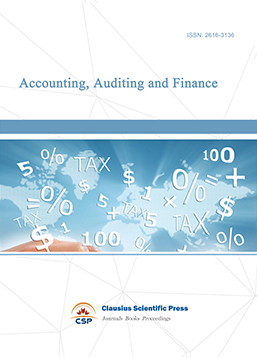
-
Industrial Engineering and Innovation Management
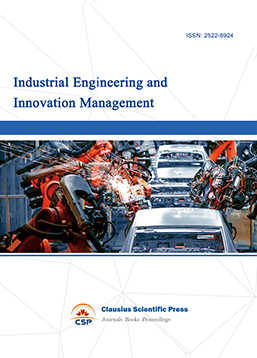
-
Tourism Management and Technology Economy
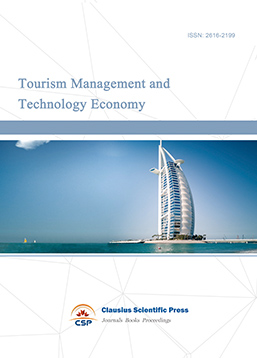
-
Journal of Computational and Financial Econometrics
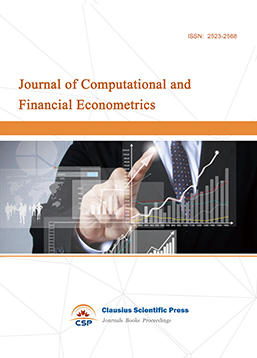
-
Accounting and Corporate Management
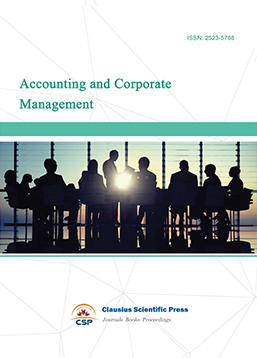
-
Social Security and Administration Management
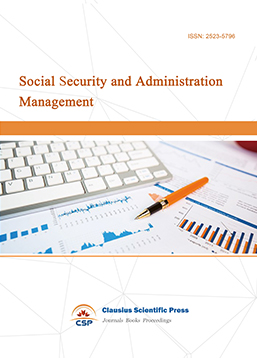
-
Population, Resources & Environmental Economics
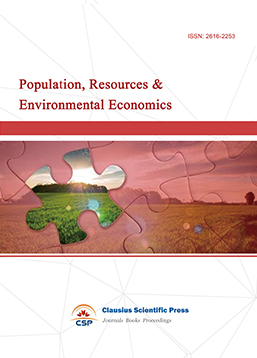
-
Statistics & Quantitative Economics
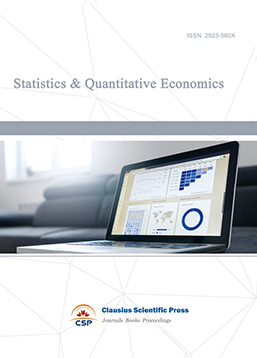
-
Agricultural & Forestry Economics and Management
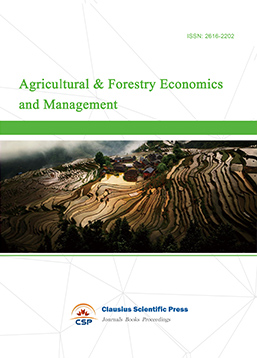
-
Social Medicine and Health Management

-
Land Resource Management
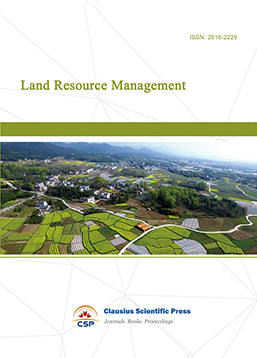
-
Information, Library and Archival Science
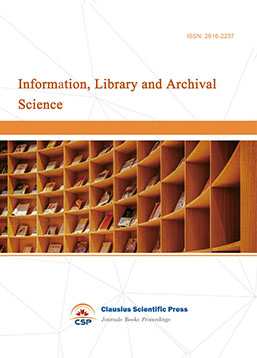
-
Journal of Human Resource Development

-
Manufacturing and Service Operations Management

-
Operational Research and Cybernetics
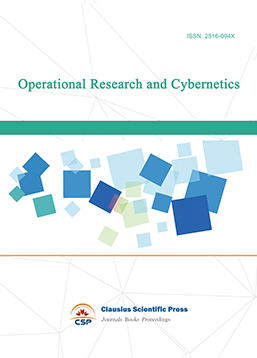

 Download as PDF
Download as PDF